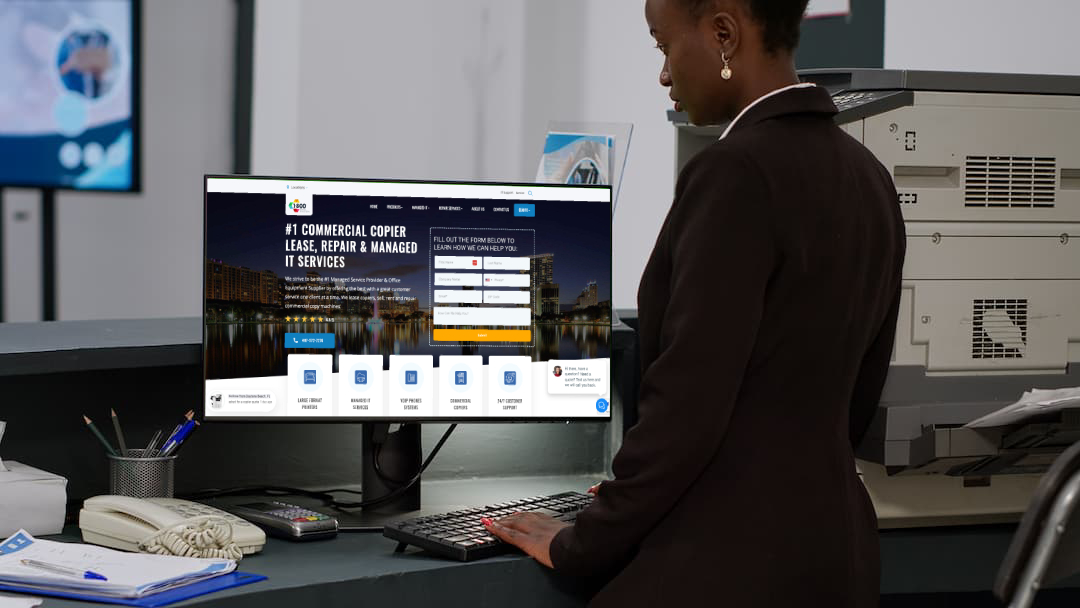5 proactive defences against cyberattacks
5 proactive defences against cyberattacks
As IT security consultants, we’re stuck between a rock and a hard place. Managed IT services providers (MSPs) such as ours want to provide clients with enterprise-level IT, but that requires that we specialize in overwhelmingly intricate technology. Explaining even the most fundamental aspects of cybersecurity would most likely put you to sleep instead of convincing you of our expertise. But if there’s one topic you need to stay awake for, it is proactive security.
Understand the threats you’re facing
Before any small- or medium-sized business (SMB) can work toward preventing cyberattacks, everyone involved needs to know exactly what they’re up against. Whether you’re working with in-house IT staff or an MSP, you should review what types of attacks are most common in your industry. Ideally, your team would do this a few times a year.
Reevaluate what it is you’re protecting
Now that you have a list of the biggest threats to your organization, you need to take stock of how each one threatens the various cogs of your network. Map out every company device that connects to the internet, what services are currently protecting those devices, and what type of data they have access to (regulated, mission-critical, low-importance, etc.).
Create a baseline of protection
By reviewing current trends in the cybersecurity field and auditing your current technology framework, you can begin to get a clearer picture of how you want to prioritize your preventative measures versus your reactive measures.
Before you can start improving your cybersecurity approach, you need to know where your baseline is. Devise a handful of real-life scenarios and simulate them on your network. Network penetration testing from trustworthy IT professionals will help pinpoint weak spots in your current framework.
Finalize a plan
All these pieces will complete the puzzle of what your new strategy needs to be. With an experienced technology consultant on board for the entire process, you can easily synthesize the results of your simulation into a multi-pronged approach to proactive security:
- Security awareness seminars that coach all internal stakeholders – train everyone from the receptionist to the CEO about effective security practices such as password management, proper mobile device usage, and spam awareness
- Front-line defences like intrusion prevention systems and hardware firewalls – scrutinize everything trying to sneak its way in through the borders of your network
- Routine checkups for software updates, licenses, and patches – minimize the chance of leaving a backdoor to your network open
- Web-filtering services – blacklist dangerous and inappropriate sites for anyone on your network
- Updated antivirus software – protect your data and systems against the latest and most menacing malware
As soon as you focus on preventing downtime events instead of reacting to them, your IT infrastructure will increase your productivity and efficiency to levels you’ve never dreamed of. Start enhancing your cybersecurity by giving us a call for a demonstration.











